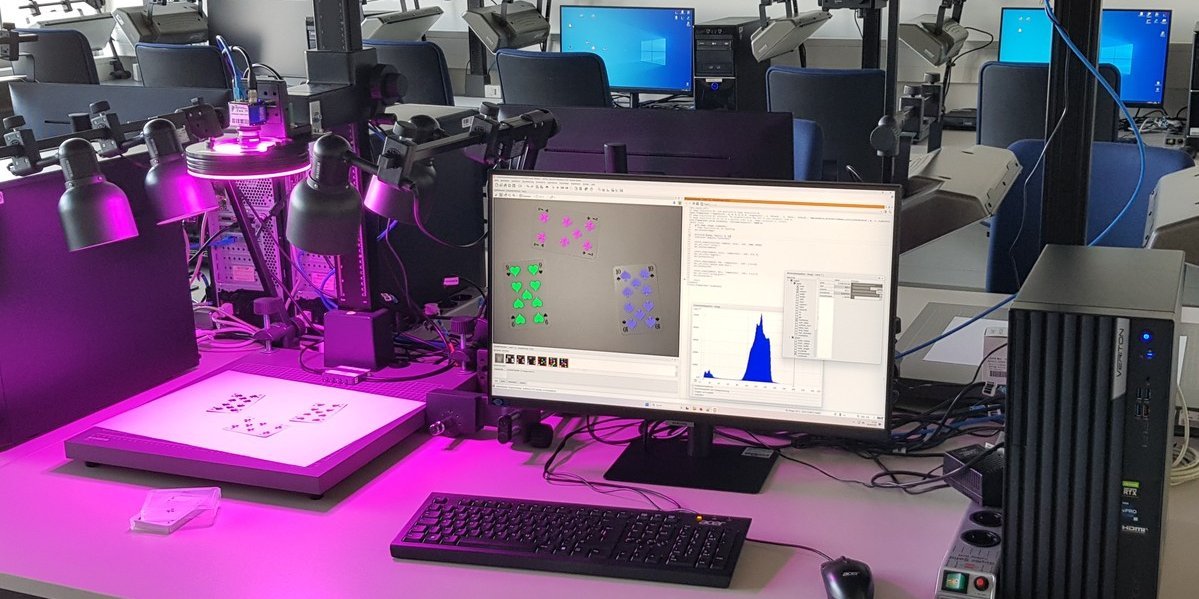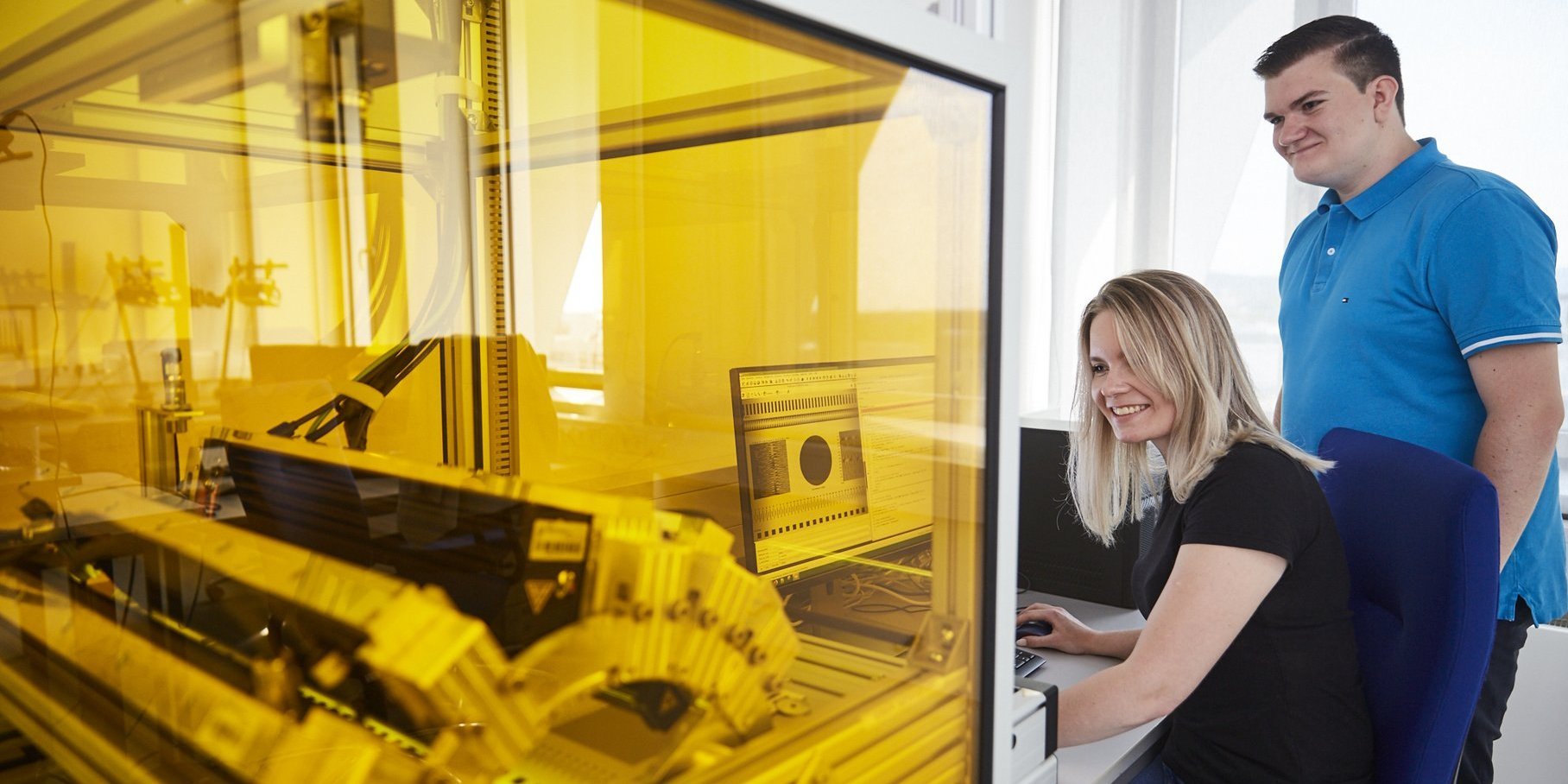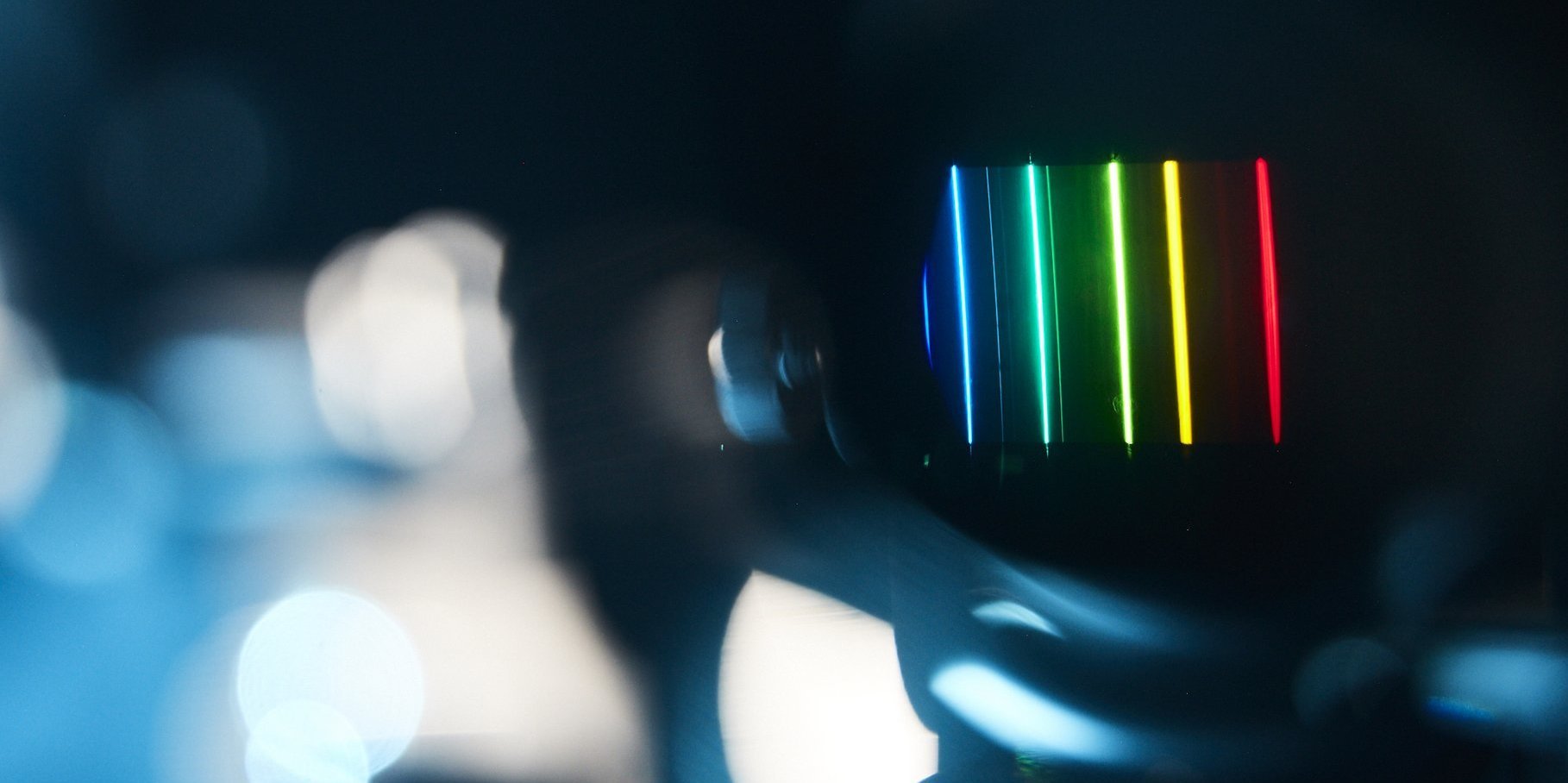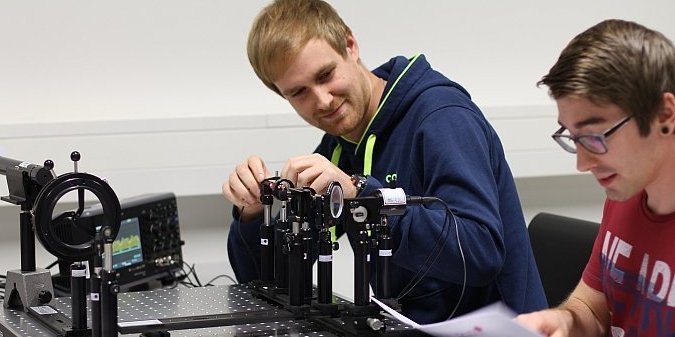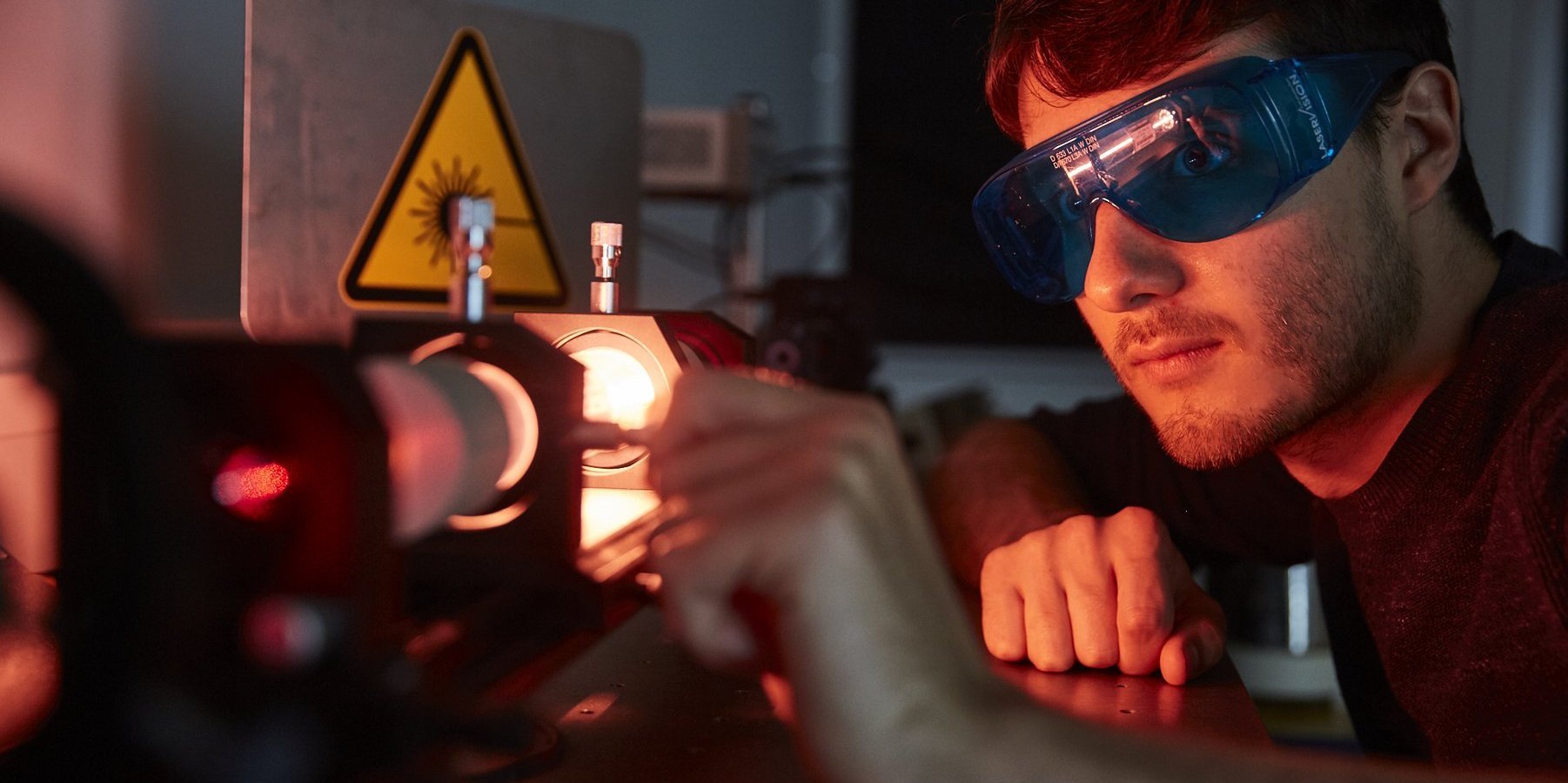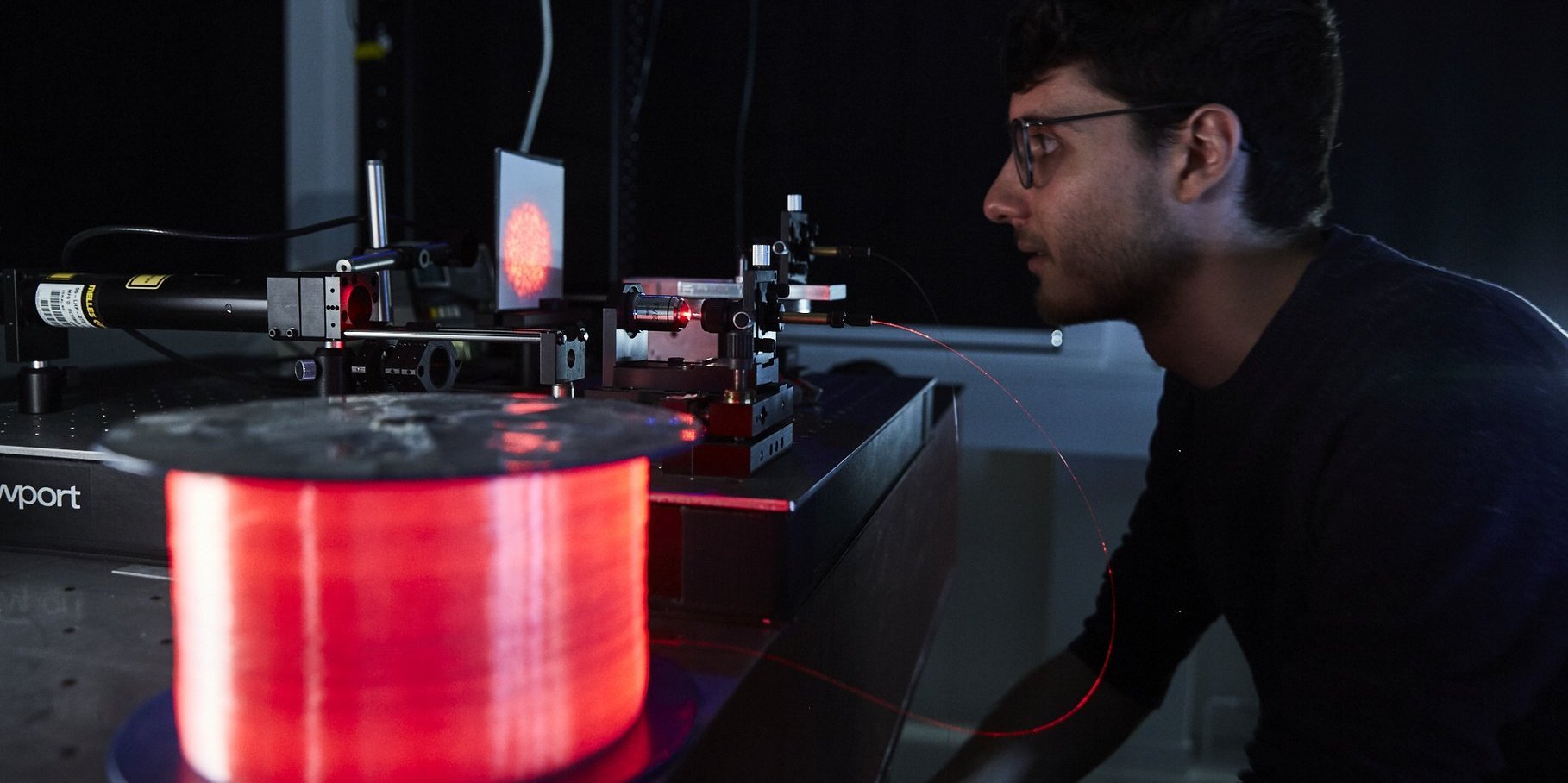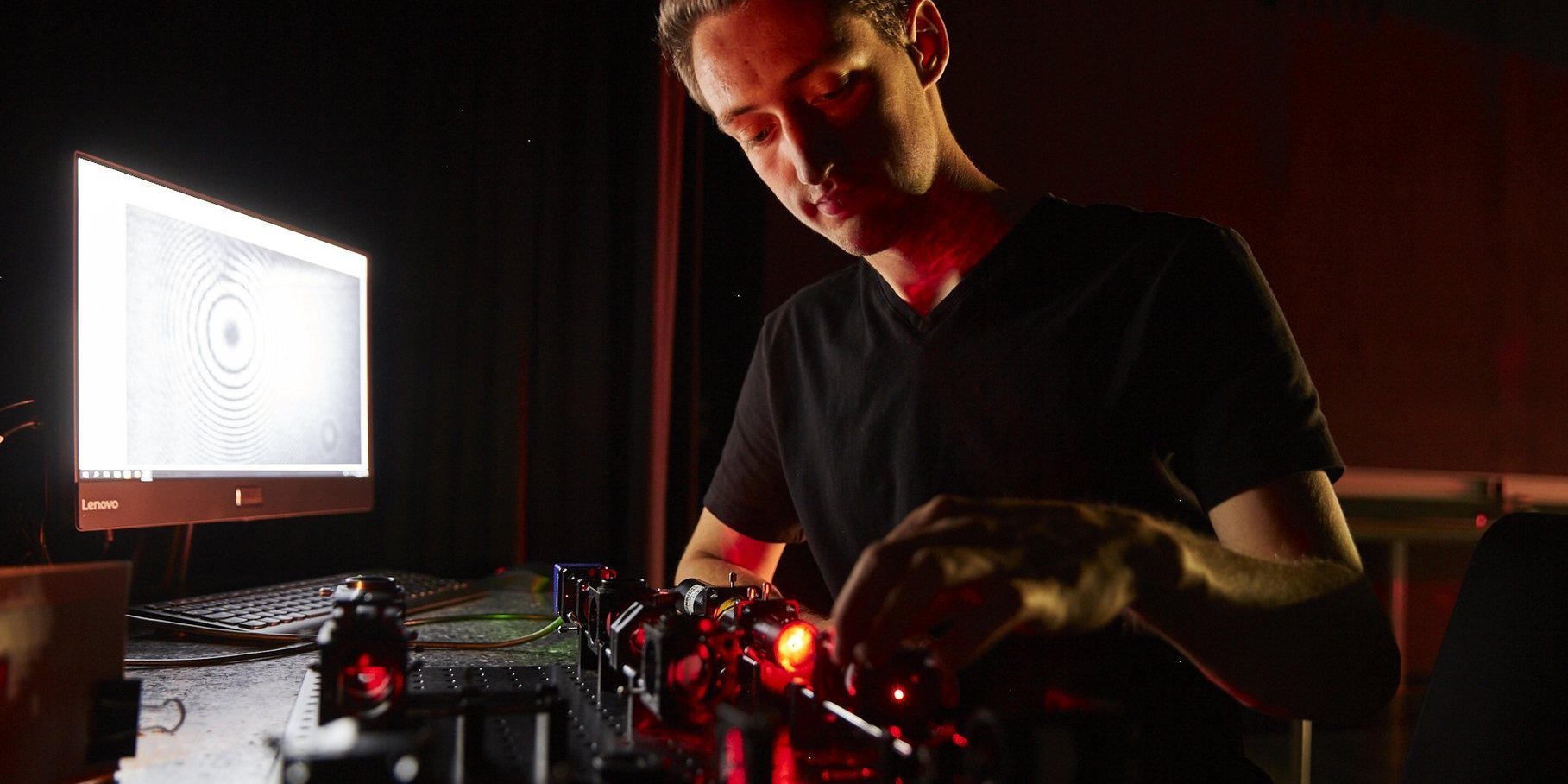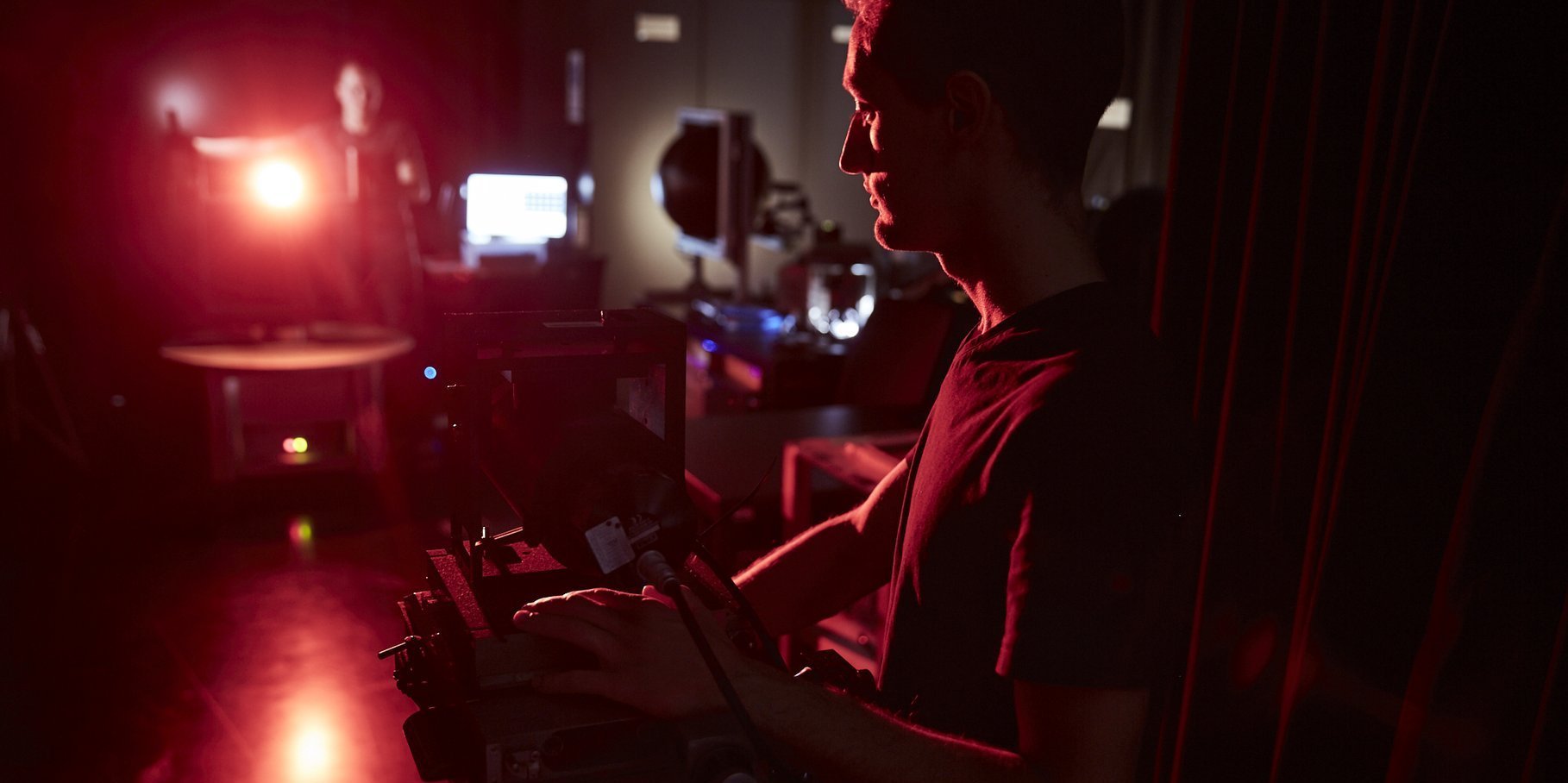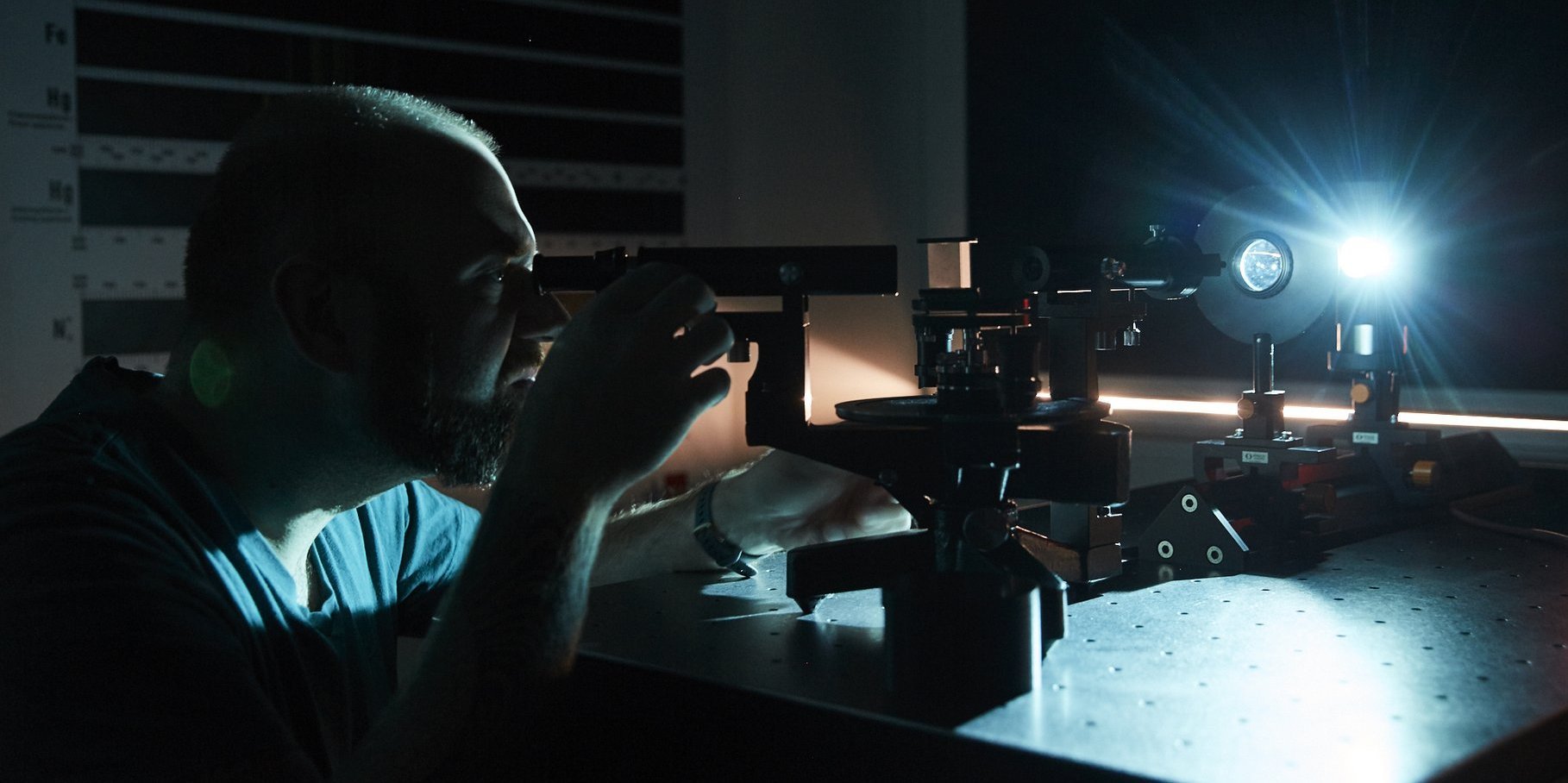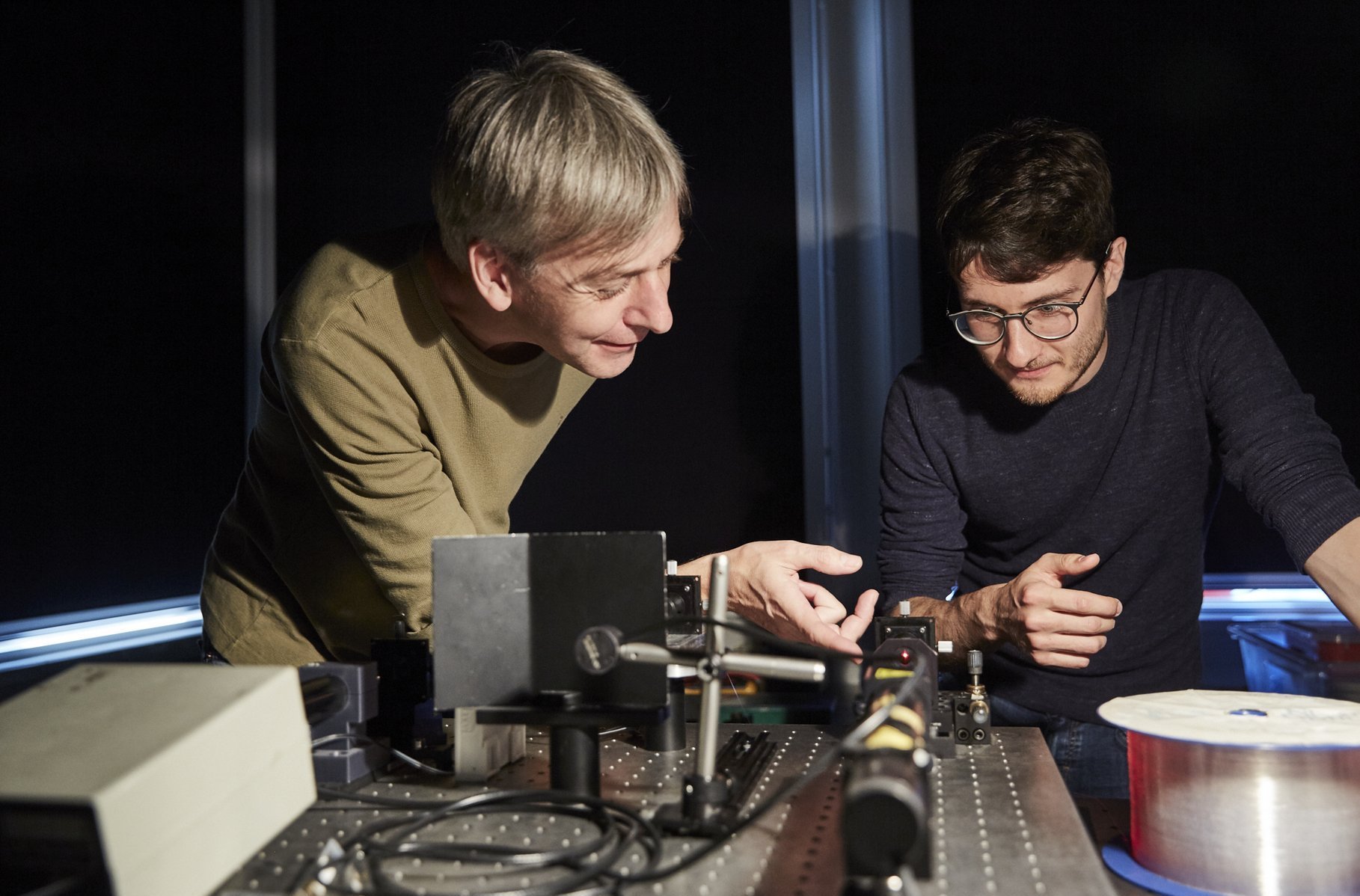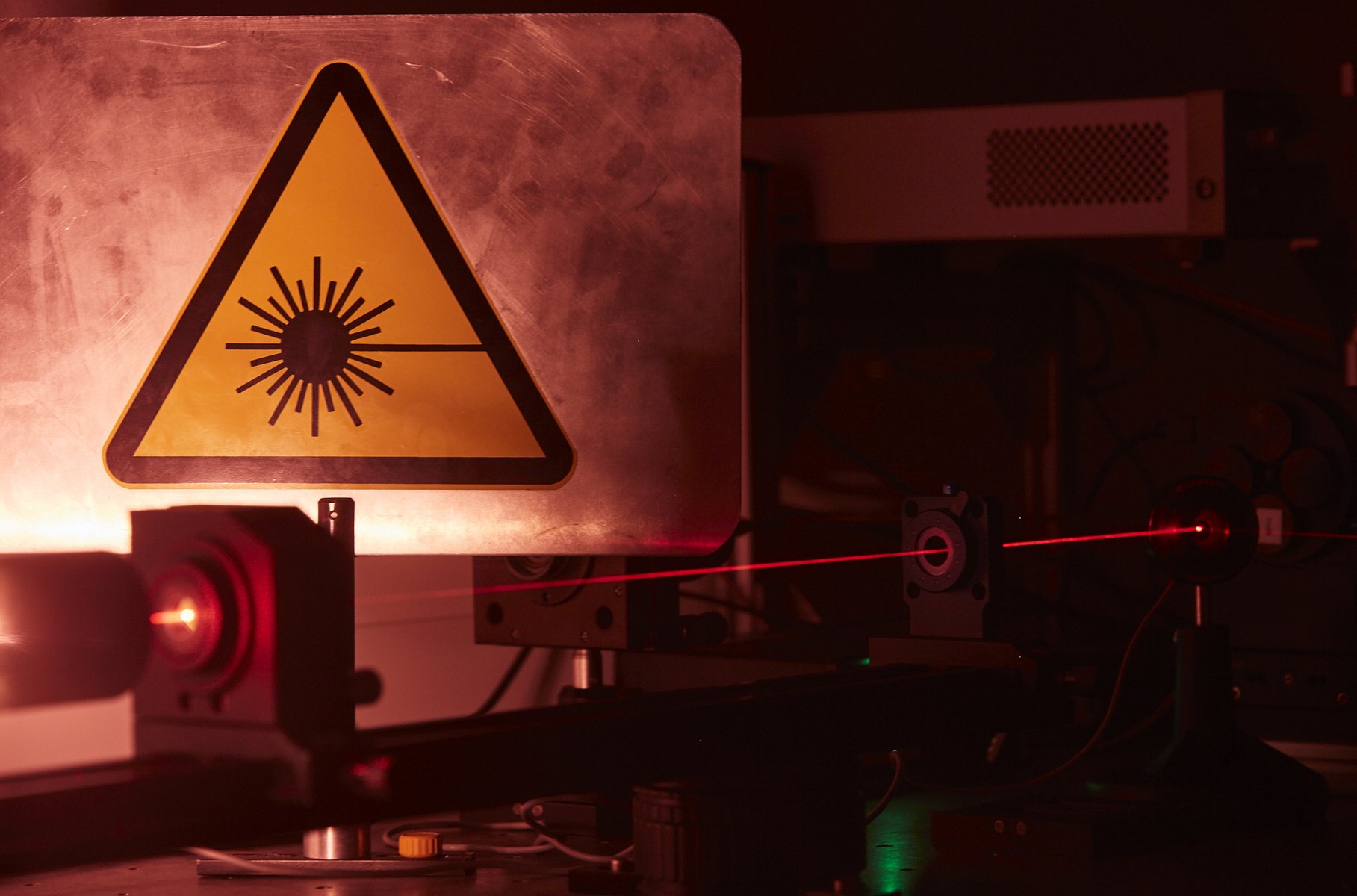Laboratories
Our laboratories in Photonics and Machine Vision offer our students in the undergraduate Bachelor and consecutive Master a solid, practical and research-oriented education.
Image processing laboratory
Objects are put in the right light at 24 computer workstations equipped with professional image processing programs, lighting equipment and industrial-grade cameras. Learn more
Applied Image Processing Laboratory
In this lab, issues from current industrial applications and from application-related research and development are addressed. Learn more
Laboratory Technical Optics
Experiments with lasers, halogen lamps, lenses and prisms introduce students to practice-oriented scientific work early in their studies - including the writing of final reports. Learn more
Applied Optics Laboratory
Experiments on light propagation in systems consisting of multiple optical components are complemented by simulations of such systems using commercial software. Learn more
Laboratory Laser Technology
In the laboratory you will find lasers as they are used in industry or research. This guarantees that when you move from university to industry, you will be able to operate these types of lasers there immediately. Learn more
Fiber Optics Lab
Here we teach how optical fibers, used for example as transcontinental links or in LAN networks, work and what their optical properties are. Learn more
Optical Metrology Laboratory
Accompanying the lecture, there is optical equipment here for you to touch and try out. By disassembling and reassembling setups, you will practice using standard components. Learn more
Signal Processing Lab
In the lab, you will be asked to experimentally reproduce the fundamentals of electrical engineering that you know from lecture by assembling electronic circuits yourself. Learn more
Laboratory light measurement
Here you can tinker and measure "all around light" at will! No matter if you want to measure the illuminance distribution of car headlights or castle lights, the luminance of displays or the spectral distribution of LEDs. Learn more
Physics Lab
The experiments in the lab are mainly concerned with the physical properties of light, for example the wave nature, interference ability or polarization. They work with microscopes, lasers, electron beams, and more. Learn more
Image processing laboratory
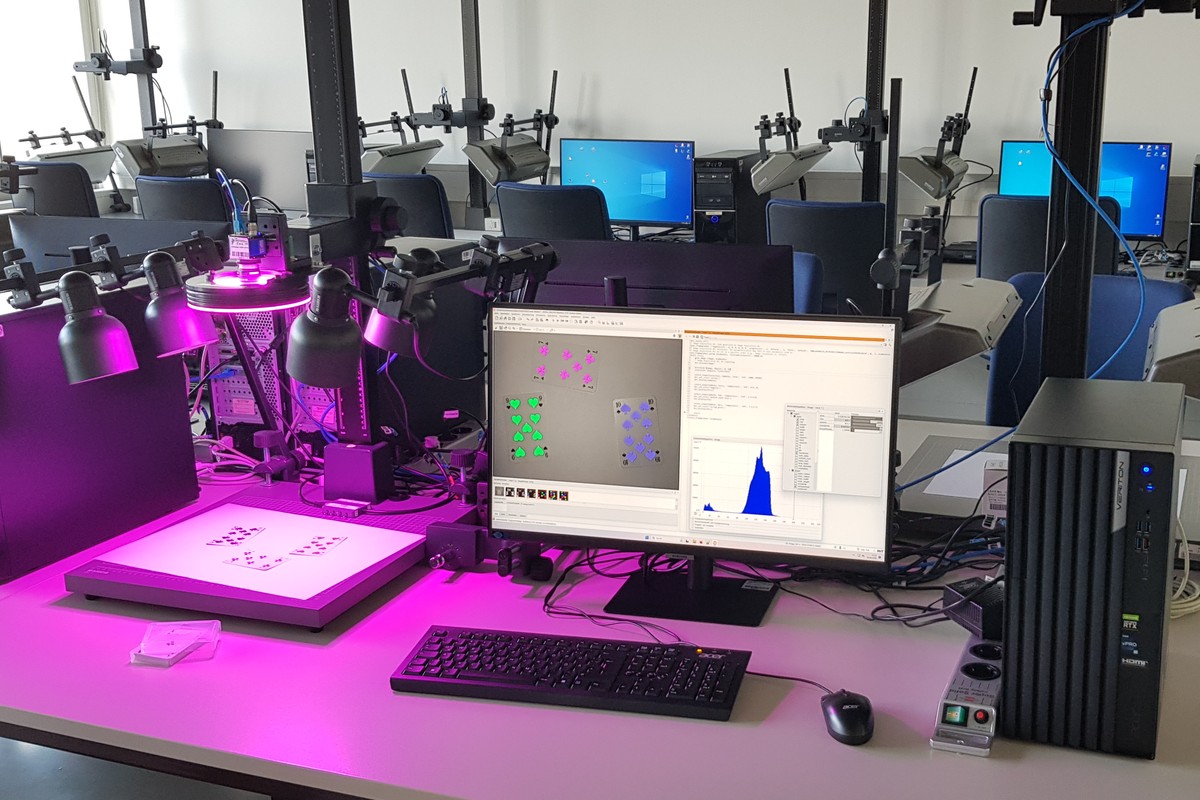
The image processing laboratory is one of the central laboratories of the OBV program, which accompanies our students throughout their studies.
24 computer workstations in two rooms are available in the BV lab. Each computer has a repro stand with lighting equipment and a camera suitable for industrial use. This allows the objects to be tested to be placed in the right light and photographed. A variety of professional image processing programs can be used to evaluate the images.
Beginning in the 2nd semester, the "Introduction to Image Processing" teaches the practical use of lighting, camera and lenses. The resulting images are evaluated with the image processing software Halcon and small projects are developed.
In the 3rd semester the third part of the laboratory "Computer Aided Image Processing" (CAIP3) takes place here. After the handling of the programming language C/C++ was learned in the first two semesters, simple image processing programs are now created here in C++ with a graphical user interface.
More advanced methods and algorithms for the evaluation and processing of images are realized and tested in the 3rd and 4th semester in the laboratory course "Image Processing 2". Topics here are e.g. filtering of images, object recognition and analysis, image transformations, correlation, processing of images in spatial frequency space.
In the higher semesters, alternating elective courses on the topic of image processing take place in the BV laboratory (medical BV, 3D image processing, morphological BV, pattern recognition, case studies of image processing).
Also during the Master's program, advanced labs such as "System Theory of Image Processing" and "Algorithms for Image Processing" are held here.
In addition, the export courses "Computer Vision" and "Image Processing in Robotics" are also held here.
Applied Image Processing Laboratory
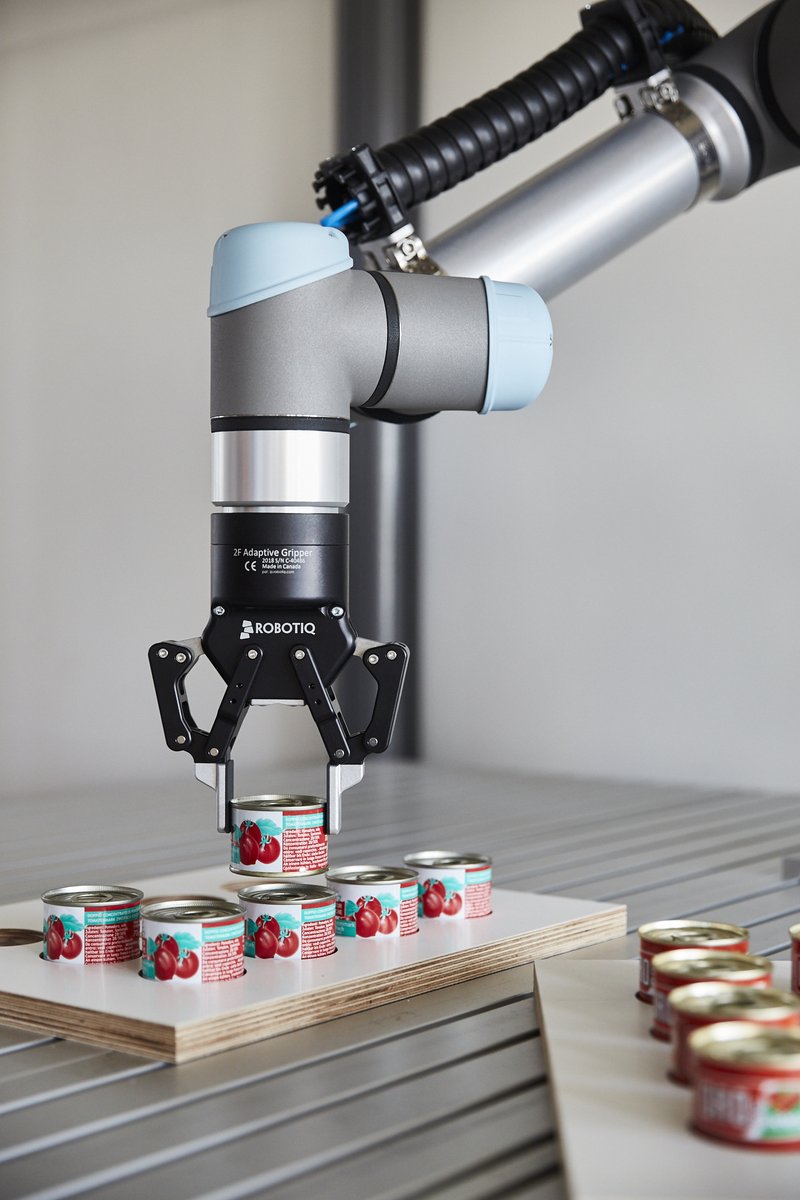
The "Applied Image Processing" module also includes laboratory experiments. In this laboratory, issues from current industrial applications and from application-related research and development are addressed.
Topics include:
- Moving image processing: test objects on an assembly line, control of switches, effects at high transport speeds (up to 5 m/s), synchronization of flash illumination and image acquisition, triggering of image acquisition by external interrupt
- Problem-adapted illumination methods: Transmitted light, reflected light, grazing light, ring light, LED illumination, fluorescent tubes, cold light, flash light
- Recognition of codes: Bar code, area code, optical character recognition (OCR)
- Programming of intelligent cameras: handling of cameras with "processor on board
- Special cameras: line scan camera, progressive scan camera, CMOS camera
- Robot vision / camera calibration: recognition of object positions in space, gripping and repalletizing of objects with a robot
- Microscope handling and related quantitative image analysis
- 3D image processing
Laboratory Technical Optics
Experiments in experimental optics take place in the Technical Optics Laboratory. Several optical tables, "optics kits" and many different optical instruments are available in the laboratory. These contain light sources such as lasers or halogen lamps, as well as lenses, prisms and other optical elements with their associated mounts. The experiments deal with lens measurement, various types of telescopes, measurement of a laser beam by means of beam expansion, microscope, prism spectrometer in which sunlight is broken down into its spectral components, and finally the Abbe refractometer in which, for example, the sugar content of apple juice must be determined by means of optical properties.
The students are thus introduced to practice-oriented scientific work early on in their studies. The individual laboratory experiments are evaluated and the procedure during the experiment is presented and recapitulated in a written report.
Laboratory Signal Processing I and II
In the experiments of Signal Processing I you are to experimentally reproduce the basics of electrical engineering that you know from the lecture. For this purpose, you will have an electronics plug-in board with a selection of components, such as resistors, light-emitting diodes and operational amplifiers. With these components you will build various simple circuits, such as parallel and series connections of resistors, measure the current-voltage characteristic of a diode or build an amplifier circuit. You will learn how to "properly" wire a light emitting diode.
The experiments of Signal Processing I are mainly about building electronic circuits by yourself, getting familiar with measuring devices (digital multimeter, oscilloscope...) and power supplies and being able to handle them confidently. You should get a feeling for the properties of the special electronic components and circuits that you will later use in optical metrology.
The experiments of Signal Processing I in detail:
- Practical course 1: Direct signals and alternating signals
- Lab2: Alternating signals, rectifiers and transformers
- Lab3: Complex voltage dividers and filters
- Lab4: Amplifier characteristics and OP circuits I
- Practical course 5: OP circuits II: Adders, integrators, transimpedance amplifiers, optocouplers
In the experiments of Signal Processing II you are already familiar with the construction of simple circuits and with the operation of the (measuring) equipment.
The experiments of Signal Processing II in detail:
- Electronics 1: After the lecture-free period, you will briefly reacquaint yourself with the equipment. You will then capture light from various light sources with a photodiode and describe your observations. You will learn how to determine the sensitivity of the photodiode using simple measurement methods and compare your measurement results with information from the data sheet.
- Electronics 2: In this experiment, you will build a current/voltage converter using an operational amplifier. You will then use the circuit to measure the photocurrent of a photodiode as a function of irradiance. From the measurement data, you will again determine the sensitivity of the photodiode and compare it to the specification in the data sheet.
Applied Optics Laboratory
In the Applied Optics I lab, you will first learn "by hand" how beams propagate in a system consisting of multiple optical elements. You will then simulate these systems using commercially available software. You will learn about different quality criteria that you can use to evaluate the properties of optical systems.
The Applied Optotechnology II labs take place in the 7th semester.
In the course of your studies so far, you have already become acquainted with what it is like to work in a team on a specific task - on a project. In the applied optics II labs you will choose one of the offered lab experiments. You are to work on this laboratory experiment independently in your team.
You have the possibility to deal with a topic more intensively, to deepen your knowledge in this field and to practice project work again. In each laboratory experiment you will deal with the corresponding theory, carry out measurements and compare your measurement results with simulations.
At the end of the semester, you will present your findings to your fellow students in short presentations.
The experiments of Applied Optics in detail:
- Illumination
- Thin films
- Polarization
- Interference
- Erbium-doped fiber amplifier
- Planar waveguide
Laboratory fiber optics
Fiber optics (optical fibers) are becoming increasingly widespread in communications technology. The fiber lengths used here are in the range of 1000 km without intermediate amplification (transcontinental connections). Further applications are LAN networks (local computer networking e.g. in universities or companies), connections between high-end audio devices (CD player to digital amplifier), fiber optic sensors ("fiber gyroscope" compass), fiber lasers as well as illuminating and imaging optics (e.g. endoscopy in medicine).
The fiber optics laboratory consists largely of a set of experiments based on the modular principle and is packed in two suitcases. This has the advantage that the initially confusing multitude of components is arranged in a manageable way.
The focus of the lab is not on information transmission technology, as in similarly named electrical engineering labs, but on understanding the operation and optical properties of optical fibers and on measurement technology.
Those who have completed the lab can:
- Strip fibers
- cut fibers and evaluate the end faces (especially important for effective coupling and decoupling of the laser beam)
- couple the laser beam into the fiber core
- much more, which can come later once in the professional life on an optotechnician and as "basic knowledge" also in the future is not overtaken by the rapid development.
Equipment of the laboratory:
- Newport experimental set of fiber optics packed in two cases: 50 m and 500 m multimode fiber optics, 2 x 20 m single mode fiber optics, fiber holder, coupler, mounting board, fusion coupler, workbook, pins and pin holders for mounting the components, microscope objectives, 1mW HeNe laser, GRIN lenses, beam splitter, and much more.
- Fiber microscope with a CCD camera to evaluate the fiber end faces, at the same time the coupled light wave can be viewed in the near field (directly at the fiber end face), connected to an image processing computer to process and document the captured images
- High precision fiber cutter
Annual laser safety training is mandatory for participation in the fiber optics laboratory. It is held at the beginning of each winter semester.
Laboratory laser technology
LASER is the abbreviation for "Light Amplification by Stimulated Emission of Radiation". In the laser technology laboratory, lasers are built up from discrete components, i.e. the "light amplification" and the "stimulated emission" can be taken into one's own hands and screwed around (this is of course only to be understood symbolically).
In the laboratory, you will find lasers of the type used in industry, e.g. in materials processing, or research, e.g. analytics. This guarantees that when you move from university to industrial practice, the types of lasers you have learned about can be operated there immediately.
The training in the laser laboratory takes place concurrently with the lecture Laser Technology, so that many of the aspects of laser operation or laser devices learned in the lecture can then be deepened hands-on in the laboratory operation.
Equipment of the laboratory:
- The heart of the laboratory is a vibration-isolated optical table: 2.40x1.20m, approx. 500 kg in weight
- optical and mechanical components for setting up a HeNe laser and a frequency-doubled Nd:YAG laser
- high power diode laser (approx. 45 W) from DILAS, Mainz, Germany
- Nd:YAG laser (approx. 30 W) of the company IDAR-Laser, Idar-Oberstein
- Laser power meters (Fieldmaster) from the company Coherent
- Spectrum analyzer for measuring the frequency characteristics of the laser light
- Laser beam analyzer to determine the beam profile
- Fourier Transform Interferometer with the function as spectrum analyzer
Here is a look at some experiments:
- HeNe laser with open resonator: building a HeNe laser from discrete components, adjusting the optical components, calculating and measuring the beam parameters and resonator properties. A special sense of achievement is guaranteed when the self-assembled laser "oscillates" for the first time! Practical things, such as cleaning resonator mirrors, are also learned here.
- Construction of a diode-pumped Nd:YAG laser: Similar to the experiment on the He-Ne laser, the properties of a diode laser are measured. The diode is used to operate the Nd:YAG laser (optical pumping), which later, frequency-doubled, produces green light (here the second sense of achievement is guaranteed).
- High-power diode lasers: The current-power characteristic of high-power diode lasers is analyzed. Beam properties directly at the output coupler mirror of the diode laser (near field) are investigated as well as beam properties at a large distance from the diode. Temperature effects on diode laser operation are measured.
- Higher power Nd:YAG laser: A modern Nd:YAG laser, excited with high power diode lasers, is constructed from discrete elements. Materials are machined.
Annual laser safety training is mandatory for participation in the laser technology lab. It is held at the beginning of each winter semester.
Optical Metrology Laboratory
In this lab, you will learn simple optical setups for metrology. You will completely "disassemble" and reassemble most of the experiments. Thus, you will learn how to handle common mechanical standard components, such as lens holders, apertures or linear stages. The principle sketches, which you learn in the accompanying lecture, thus become optical devices to touch and try out.
After adjusting and calibrating the optical setups, you will perform measurements, document your results in a lab book and evaluate the measurement accuracy of the systems you have set up.
The optical measurement experiments in detail:
- Michelson interferometer
- Light section microscope
- Extended light source
- Mach-Zehnder interferometer
- Triangulation sensor
- White light interferometry (sub-nano measurement technique)
Laboratory light measurement technology - our lighting creative space
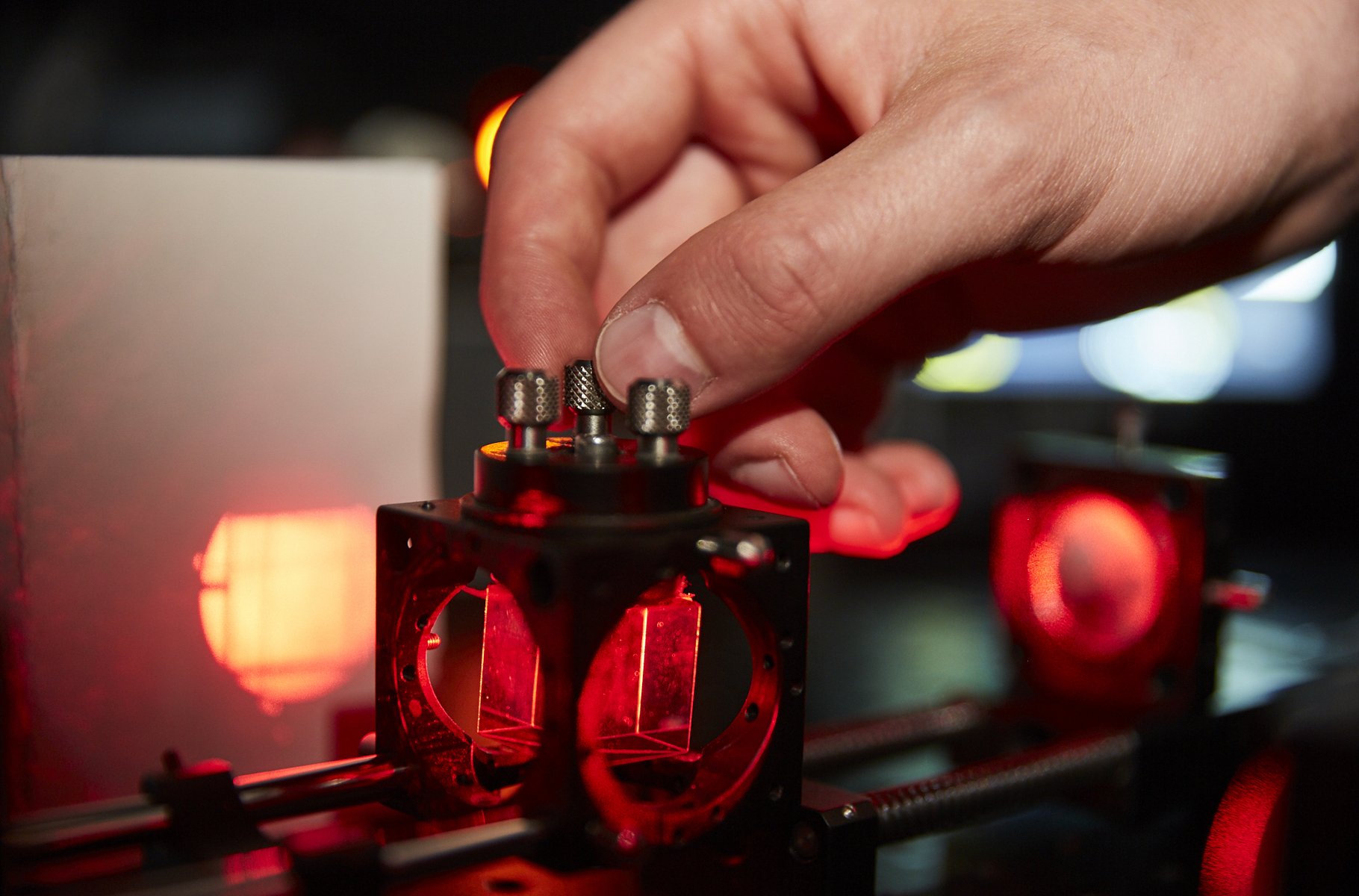
Here you can tinker and measure "all about light" at will!
No matter if you want to measure the illuminance distribution of car headlights or castle lighting, the luminance of displays or the spectral distribution of LEDs.
Here you have a variety of measuring devices just waiting to be used by you! Some of the measuring devices, like the two-axis photogoniometer, you may already know from laboratory experiments in applied optics or a student project.
You might want to deal with the functionality of other measuring instruments in the context of your bachelor or master thesis...
A small excerpt of the measuring instruments available in the light measurement laboratory:
- Goniometer for the measurement of "large" luminaires
- Two-axis photogoniometer for the measurement of LEDs
- Luminance camera
- Imaging Sphere
- Spectrometer with programmable light source
- Hot transmission measurement technology
- ...
Physics laboratory
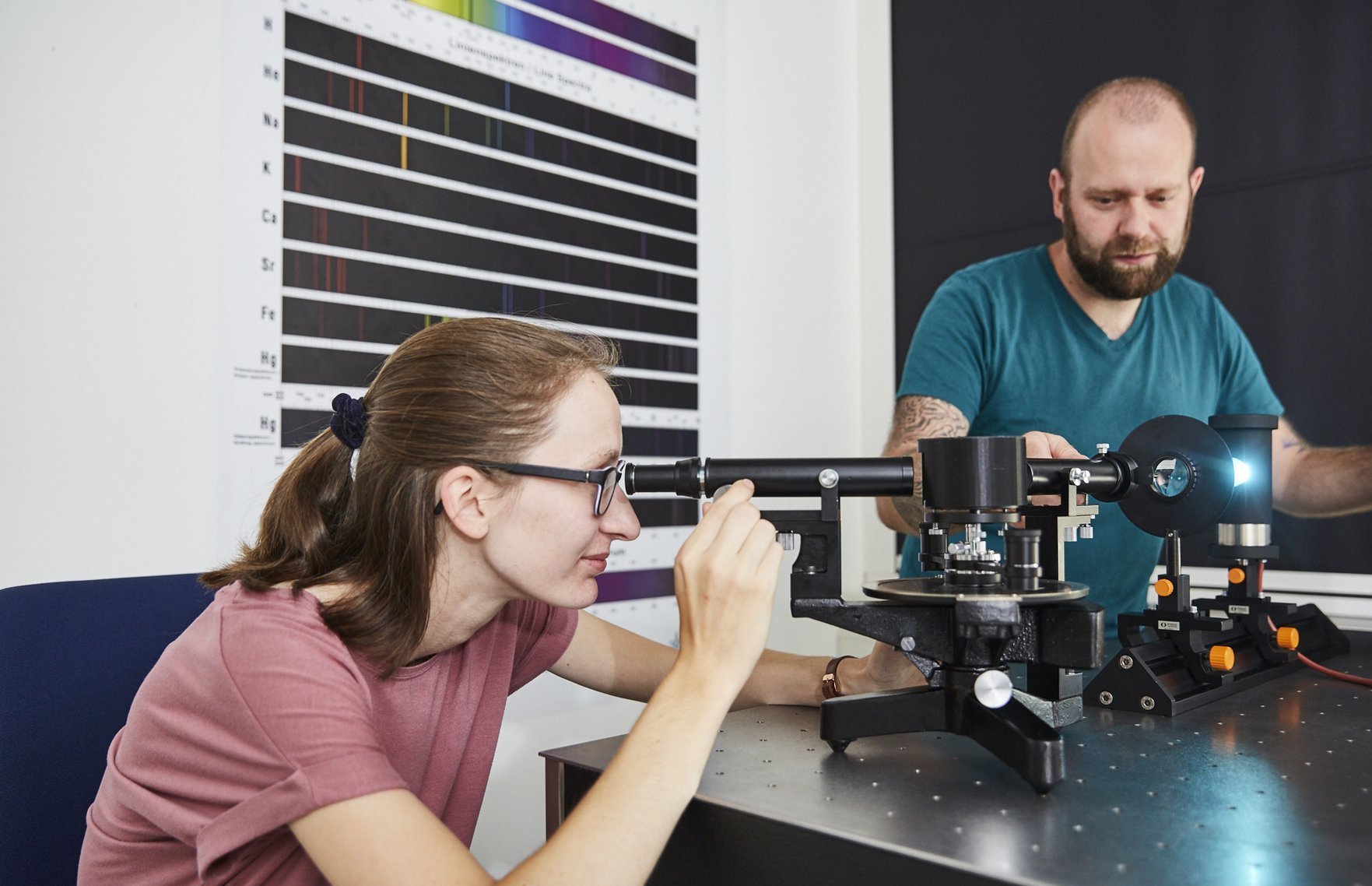
The module deals with the study of various physical phenomena:
- Working with microscopes, recognizing and determining resolution limits and their limiting components.
- Demonstrating the wave nature of light by analyzing the interference pattern of a HeNe laser and a HgCd lamp in single and double slit experiments
- Experimentally determine electron mass and charge by deriving an electron beam in a filament beam tube using a pair of Helmholtz coils
- Observing and measuring the effect of polarizers on the output of a light source
